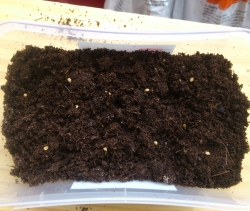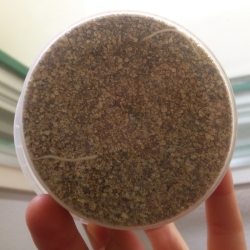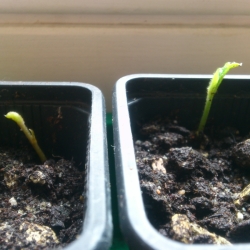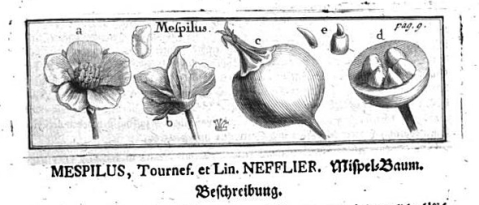Time to start some new germinating projects: It’s cherry season and one of my co-workers brought sweet cherries to the office. Obviously, I couldn’t resist neither cherries nor their stones. So I kept 10 of them and put them into vermiculite for germination. I have no idea what conditions they need, but I can always get more cherry stones. I chose vermiculite, because it makes untangling the roots much easier when the time comes.
If you know think (like me until a week ago) – hold on – since when are cherries a Mediterranean fruit? Well, since the famous politician Lucius Licinius Lucullus introduced them from modern day Turkey (from Pontus at the south coast of the Black Sea). No, he didn’t introduce them from modern day, because back then in Ancient Roman times, they had no time travel yet. No, I mean, he introduced it from the area that is now Turkey.
Then I decided to finally order those medlar seeds I had laid my eyes upon ages ago on Ebay. Especially now, that I realized that the seeds I had previously taken for medlar where loquats insteard. So I ordered 10 seeds. They arrived today and had a little instruction sheet glued to the plastic bag. It said that they need stratification (surprise, surprise), so I put them right into the fridge for 2 weeks, according to the instruction.
Another fruit from Turkey, or at least, that’s were I encountered them first.
- Mulberry Seeds
- Mulberry seeds in soil
The same guy who sells medlar seeds also sells others. And to make the shipping costs worth the trouble, I also ordered mulberry seeds. They are about the size of sesame seeds. They also came with an instruction telling me to only cover them slightly with soil. Which I hope I did.









